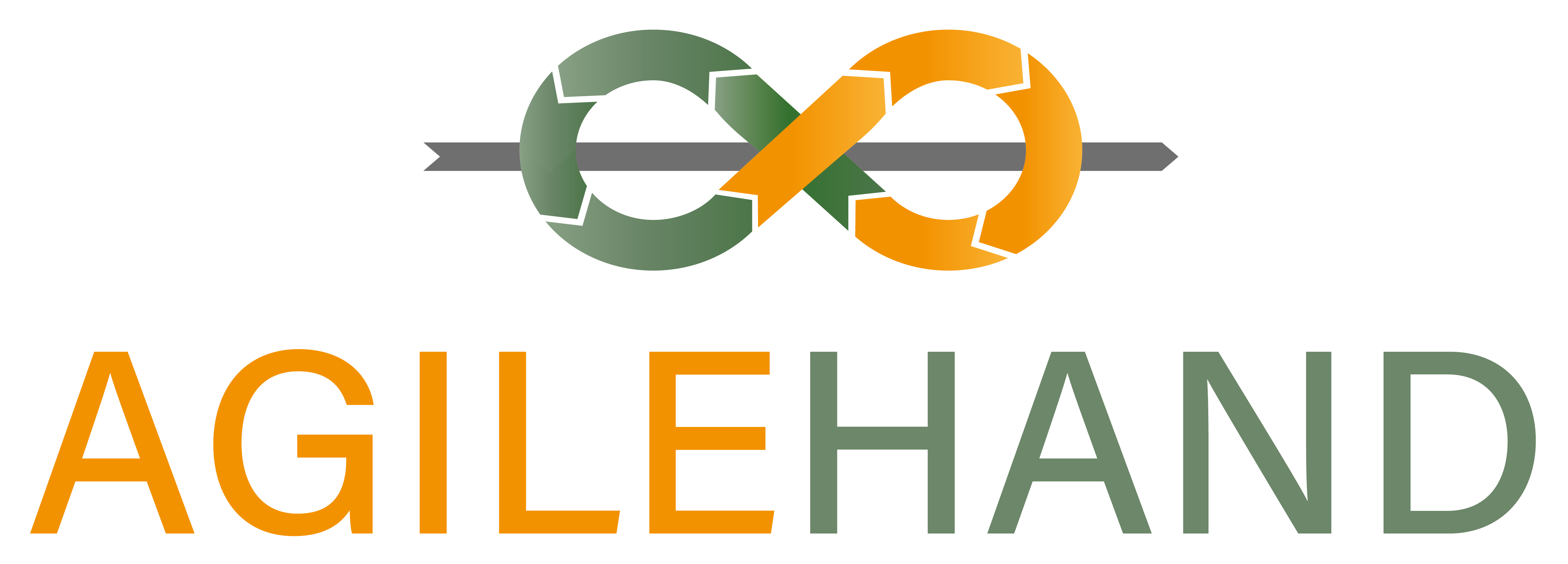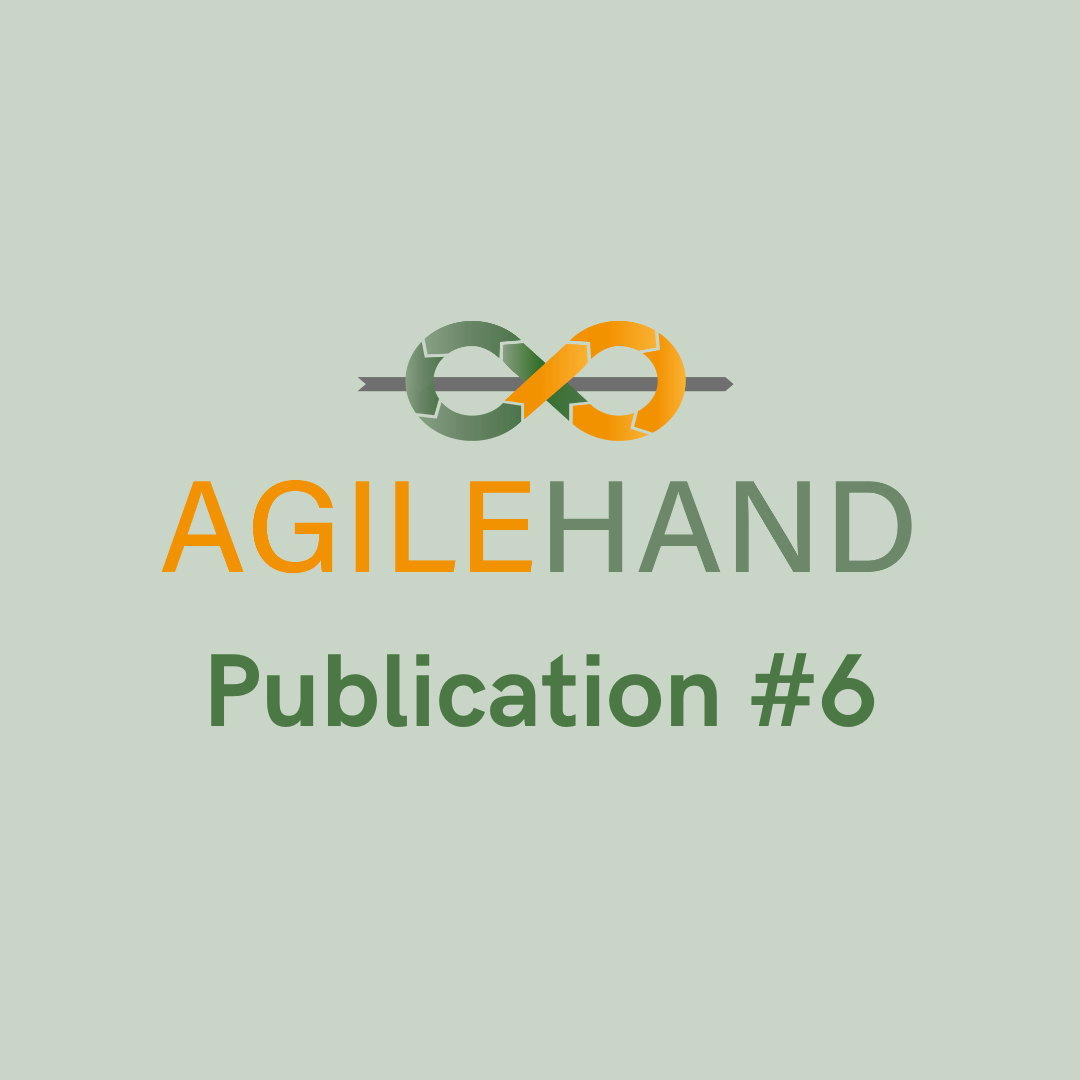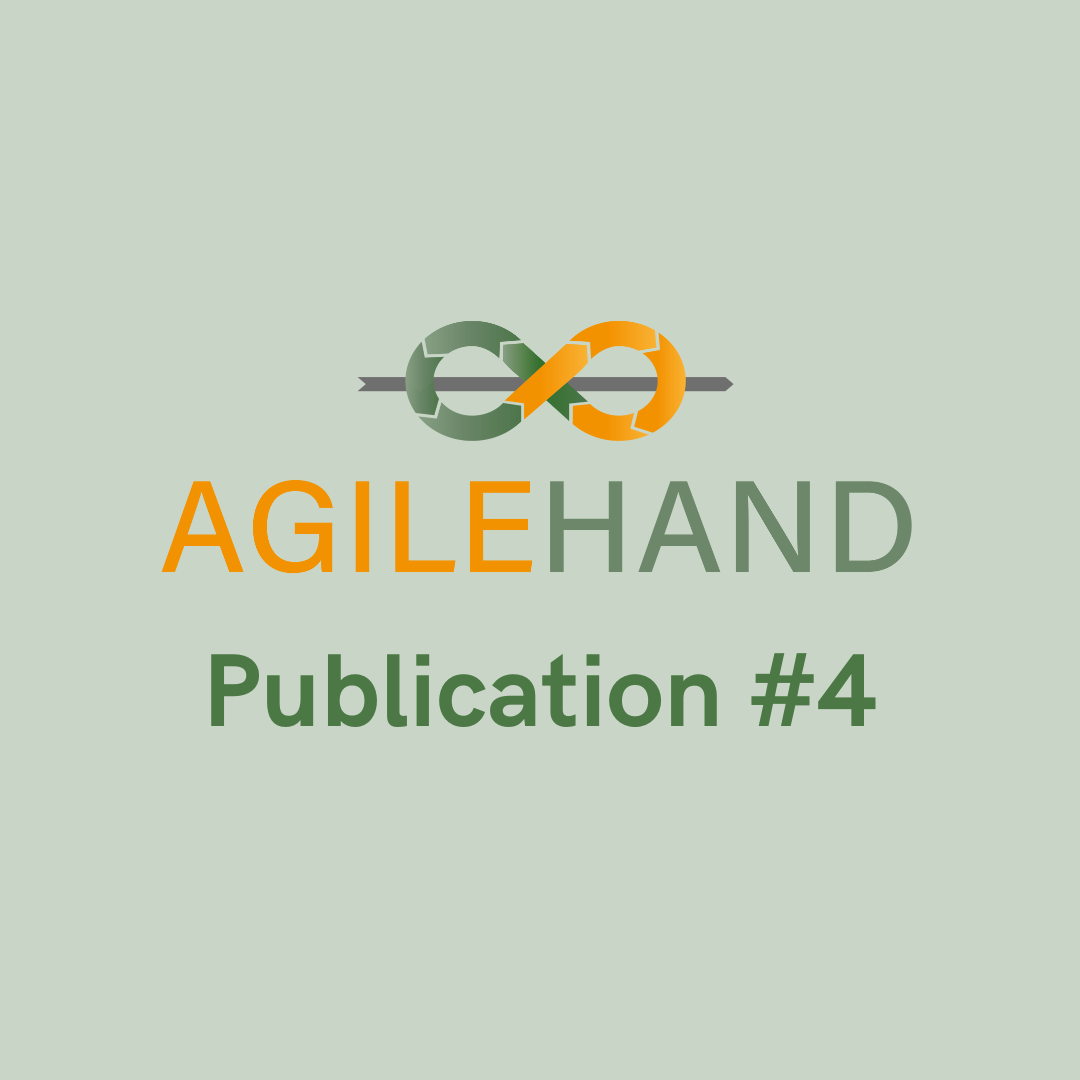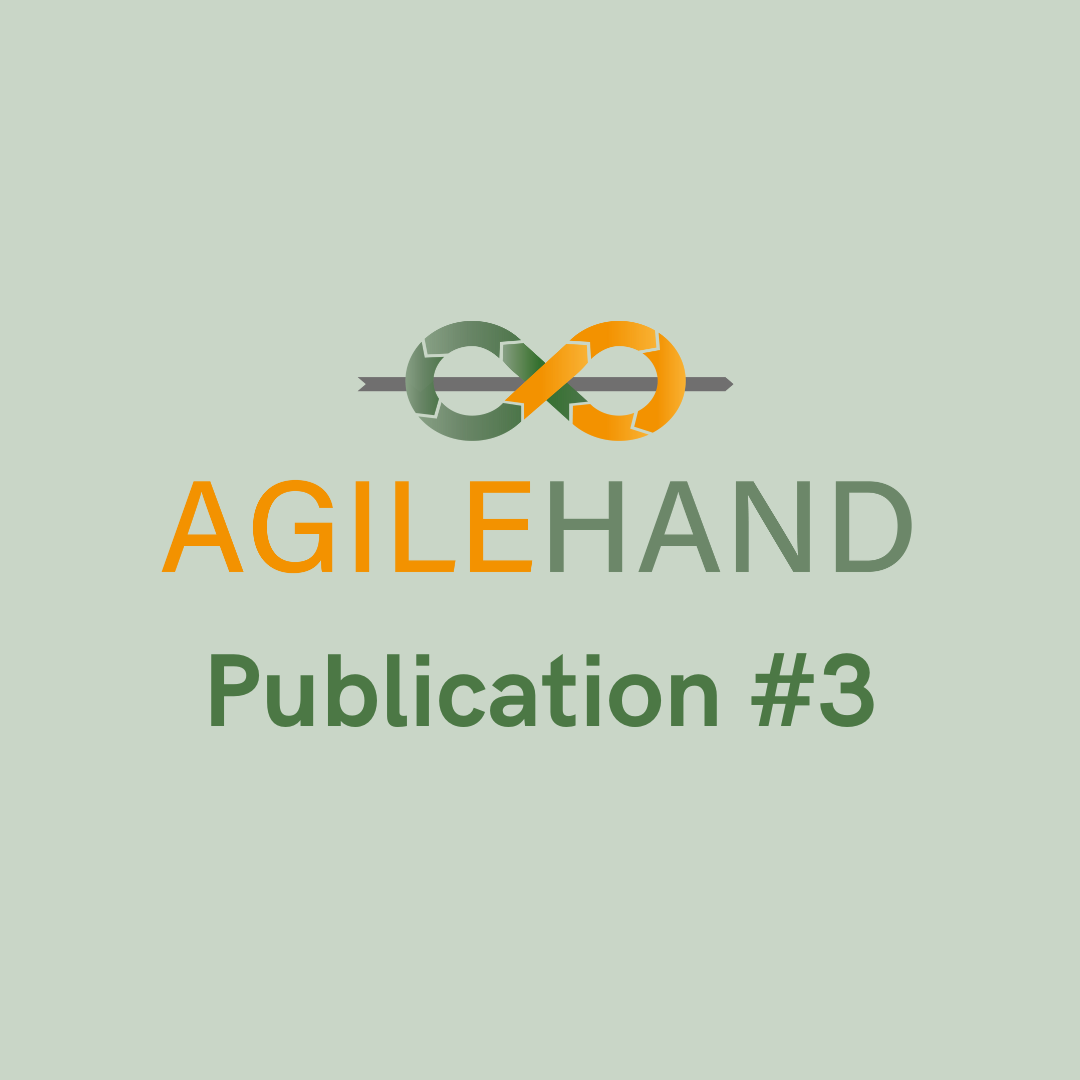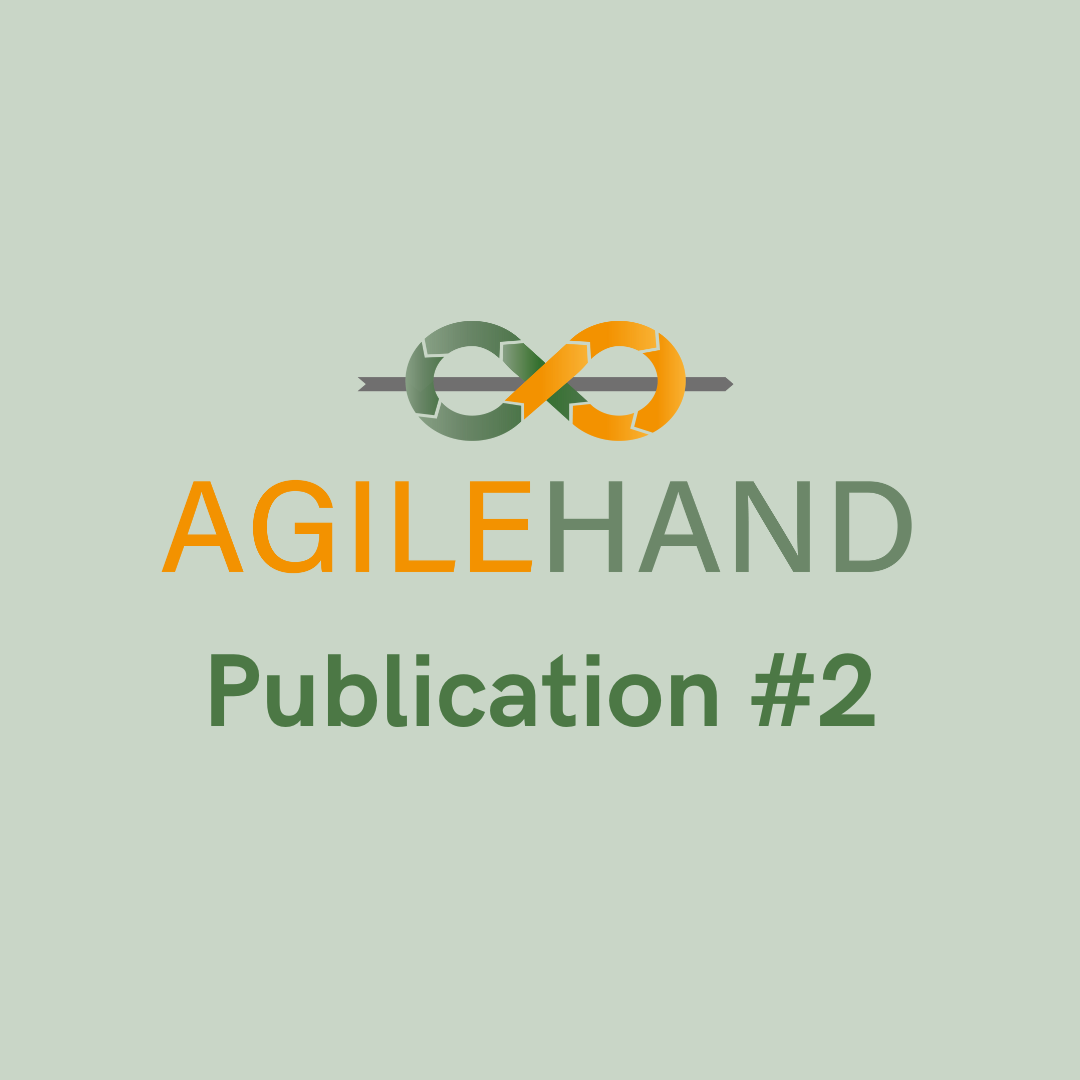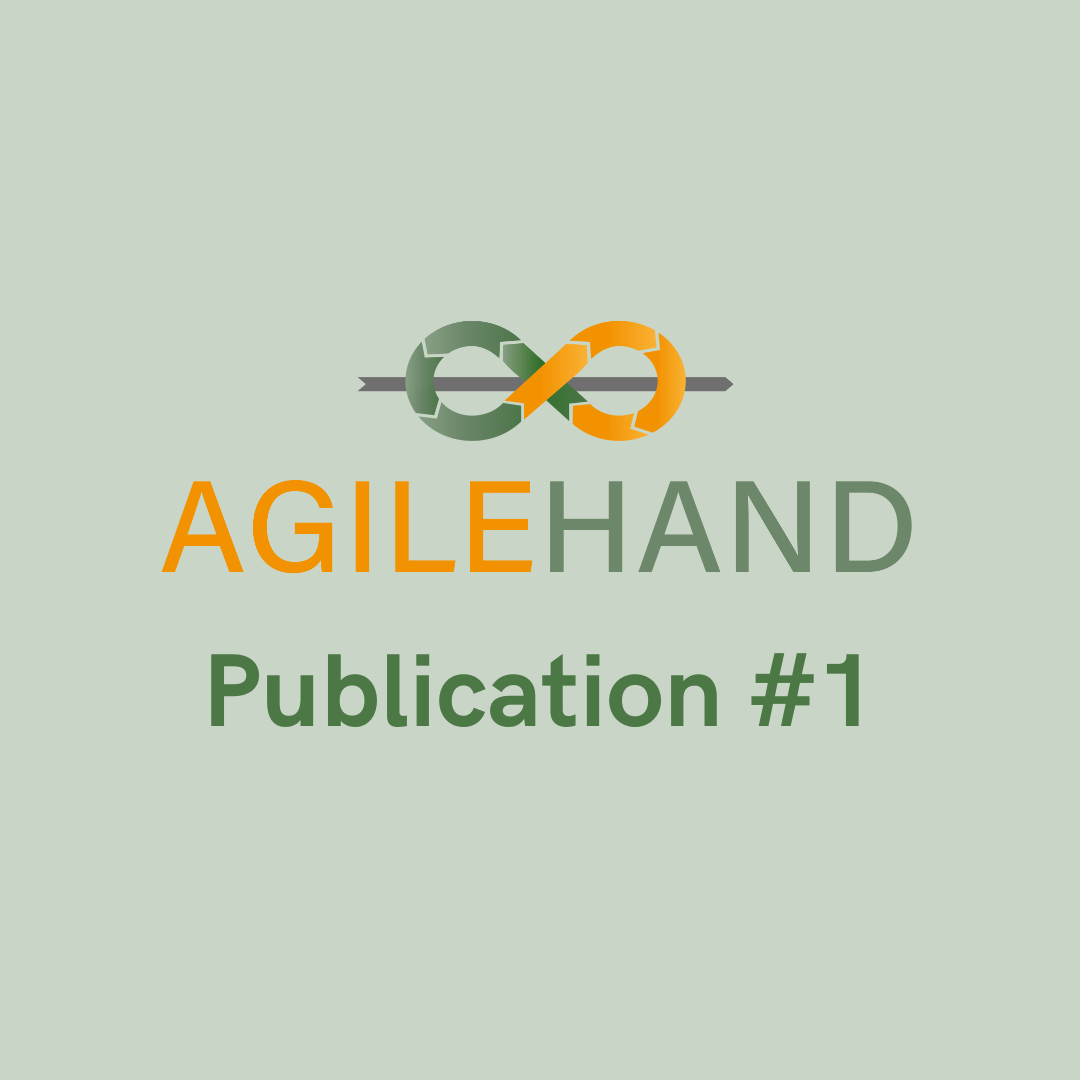Publications
Optimizing Production Lines for Soft and Deformable Products with Agile and Flexible Reconfigurable System
August 28, 2024
- Mazzuto, Giovanni
- Ciarapica, Filippo Emanuele
- Hellmich, Jan Hendrik
- Moya-Ruiz, Laura
- Fraile Gil, Francisco
Market shifts and changing consumer demands highlight the challenges of traditional mass production techniques. This workshop proposes an Artificial Intelligence-integrated system with a multi-layer Digital Twin for optimized food production, adapting to product characteristics and facilitating real-time monitoring. Traceability services maintain product and process information, complemented by Digital Twin services projecting potential scenarios. Data-driven AI models optimize decision-making, from production layout adjustments to operational enhancements. Throughout it, human oversight is ensured using interactive dashboards, integrating technology with expertise. Implementation involves monitoring variables, managing model complexity, conducting analyses, applying knowledge effectively, interacting with stakeholders, and ensuring interoperability across functionalities.
6DGS: 6D Pose Estimation from a Single Image and a 3D Gaussian Splatting Model
July 25, 2024
- Mekhalfi, Mohamed Lamine
We propose 6DGS to estimate the camera pose of a target RGB image given a 3D Gaussian Splatting (3DGS) model representing the scene. 6DGS avoids the iterative process typical of analysis-bysynthesis methods (e.g. iNeRF) that also require an initialization of the camera pose in order to converge. Instead, our method estimates a 6DoF pose by inverting the 3DGS rendering process. Starting from the object surface, we define a radiant Ellicell that uniformly generates rays departing from each ellipsoid that parameterize the 3DGS model. Each Ellicell ray is associated with the rendering parameters of each ellipsoid, which in turn is used to obtain the best bindings between the target image pixels and the cast rays. These pixel-ray bindings are then ranked to select the best scoring bundle of rays, which their intersection provides the camera center and, in turn, the camera rotation. The proposed solution obviates the necessity of an “a priori” pose for initialization, and it solves 6DoF pose estimation in closed form, without the need for iterations. Moreover, compared to the existing Novel View Synthesis (NVS) baselines for pose
estimation, 6DGS can improve the overall average rotational accuracy by 12% and translation accuracy by 22% on real scenes, despite not requiring any initialization pose. At the same time, our method operates near real-time, reaching 15f ps on consumer hardware.
Orange Quality Grading with Deep Learning
April 29, 2024
- Mekhalfi, Mohammed Lamine
Orange grading is a crucial step in the fruit industry, as it helps to sort oranges according to different criteria such as size, quality, ripeness, and health condition, ensuring safety for human consumption and better price allocation and client satisfaction. Automated grading enables faster processing, precision, and reduced human labor. In this paper, we implement a deep learning-based solution for orange grading via machine vision. Unlike typical grading systems that analyze fruits from a single view, we capture multiview images of each single orange in order to enable a richer representation. Afterwards, we compose the acquired images into one collage. This enables the analysis of the whole orange skin. We train a convolutional neural network (CNN) on the composed images to grade the oranges into three classes, namely ‘good’, ‘bad’, and ‘undefined’. We also evaluate the performance with two different CNNs (ResNet-18 and SqueezeNet). We show experimentally that multi-view grading is superior to single view grading.
Advancing Robotic Agility and Efficiency: Architectural Innovations in the AGILEHAND Project
April 12, 2024
- Mazzuto, Giovanni
- Ciarapica, Filippo Emanuele
- Hellmich, Jan Hendrik
- Moya-Ruiz, Laura
- Fraile Gil, Francisco
This paper delves into the AGILEHAND project, an initiative funded by the European Union’s Horizon Europe program, that aims to advance robotic capabilities for manufacturing soft and deformable objects such as food, clothing, and plastic items exploring the structured architecture of digital solutions, highlighting its necessity for successful project outcomes. Central to this project is the development of innovative technologies focused on grading, handling, and packaging these items, thus improving the efficiency and adaptability of European manufacturing and logistics systems. The project core objective is to construct Artificial Intelligence (AI)-based solutions for agile production line reconfiguration, emphasizing monitoring, adaptive control, and synchronization of production and logistics flows testing them on four industrial pilots, each targeting different product characteristics.
…
Detect, Augment, Compose, and Adapt: Four Steps for Unsupervised Domain Adaptation in Object Detection
November 21, 2023
- Mekhalfi, Mohammed Lamine
- Boscaini, Davide
- Poisei, Fabio
Unsupervised domain adaptation (UDA) plays a crucial role in object detection when adapting a source-trained detector to a target domain without annotated data. In this paper, we propose a novel and effective four-step UDA approach that leverages self-supervision and trains source and target data concurrently. We harness self-supervised learning to mitigate the lack of ground truth in the target domain. Our method consists of the following steps: (1) identify the region with the highest-confidence set of detections in each target image, which serve as our pseudo-labels; (2) crop the identified region and generate a collection of its augmented versions; (3) combine these latter into a composite image; (4) adapt the network to the target domain using the composed image.
…
The resurrection of digital triplet: A cognitive pillar of human-machine integration at the dawn of industry 5.0
December 14, 2023
- Aliman. Hassan
- Mazzuto, Giovanni
- Ciarapica, Filippo Emanuele
- Tozzi, Nicola
- Bevilacqua, Maurizio
The integration of AI technology with digital transformation has profoundly shaped the evolution towards digital triplet architecture, grounded in human-centric methodologies. By infusing human intellectual activities into both physical and cyberspace, innovative links between humans and machines are established. Despite limitations in transitioning from tangible human presence to the digital realm in cyberspace, extensive efforts are underway to harness emotional, visual, and oral responses, thereby enhancing the reasoning and predictive capabilities of digital twins.
…
Artificial Neural Networks approach for Digital Twin modelling of an ejector
December 14, 2023
- Pientrangeli, Ilaria
- Mazzuto, Giovanni
- Ciarapica, Filippo Emanuele
- Belivacqua, Maurizio
Digital Twin (DT) is an underused tool in the Oil & Gas industry. Today, the behaviour of Oil and Gas plants is realised by the nonreal-time analysis software. In contrast, the DT is a framework capable of controlling and managing a plant in real-time by exploiting sensors, virtual spaces, and the continuous connection between real and digital parts. In this paper, the DT of an experimental plant is presented; the DT is based on a model for evaluating the behaviour of an ejector. In contrast to research on DT in the literature, the proposed model is derived from the use of three Artificial Neural Networks (ANNs) and obtains the values of water pressure (ANN1), airflow (ANN3) and water flow (ANN2) at the ejector inlet. The three Multi Layers Perceptron networks, trained on a dataset obtained from the plant, represent the ejector behaviour at 97.85%, 97.79% and 97.94%, the score of each ANN.
…
